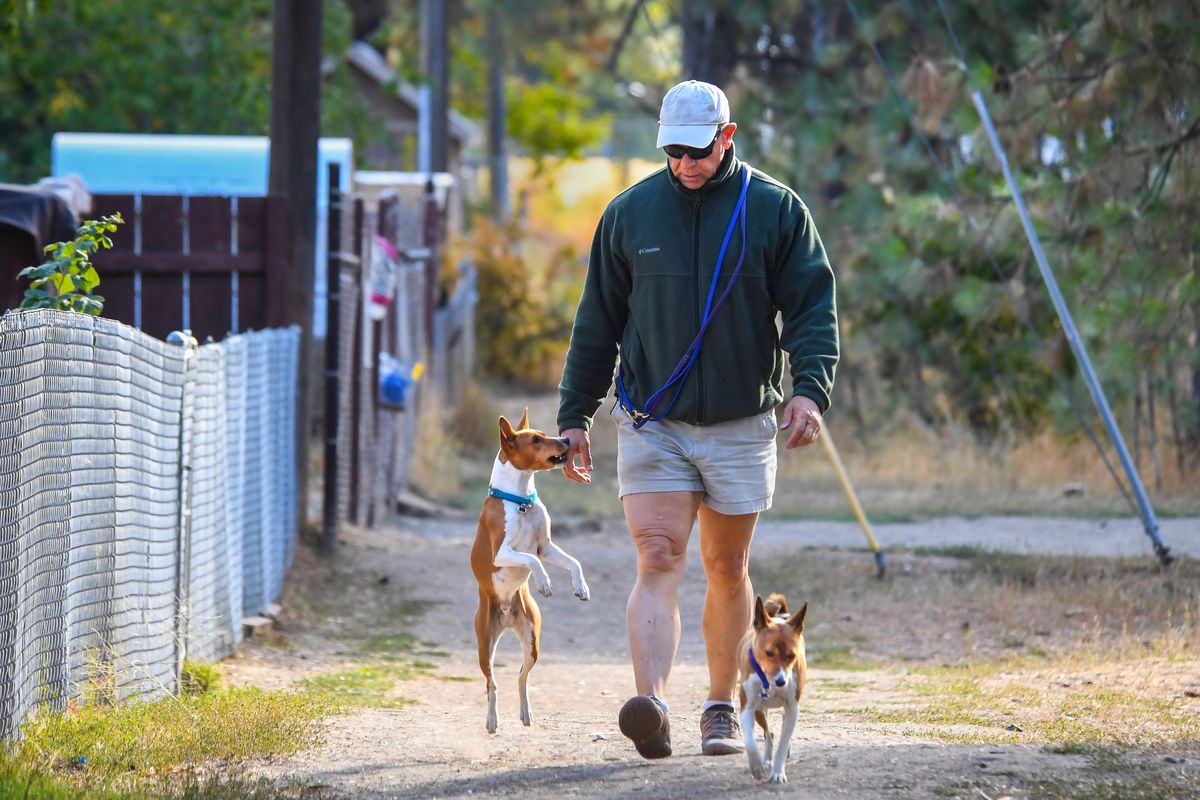Water Cooler: The importance of brushing your dog’s teeth

Yellow teeth and bad breath – it’s normal for older dogs, right? Although these symptoms are common, they are usually signs of poor dental hygiene. Luckily, pets’ dental hygiene can be significantly improved by regularly brushing their teeth.
Brushing your dog’s teeth may seem like a big hassle, but it can potentially save your dog from developing periodontal disease, which can lead to pain and tooth loss and will require more expensive professional cleanings later on.
Periodontal disease arises from a buildup of plaque bacteria, causing infection and inflammation of the gum tissue. Plaque is a soft film that forms on teeth and it will harden into tartar overtime and become much more difficult to remove. Signs of periodontal disease in dogs includes bad breath, bleeding or red gums, loose teeth and only eating on one side of the mouth.
A 2018 study conducted by researchers at Purdue University assessed 198 dogs over the age of 3 and found that more than 85% had periodontal disease. The article also included a cross analysis of a study conducted by the Southern California Veterinary Dental Specialties, which found gum disease in about 80% of dogs over the age of 2. Other articles from various veterinarian sources estimate that more than two-thirds of dogs suffer from it.
There are specially formulated foods, treats and water additives that can help fight the development of plaque, but daily toothbrushing is the gold standard. If that seems daunting, you’re not alone. Many veterinarians understand that’s a hard routine to keep up with and suggest that dog owners aim to brush their pet’s teeth at least once or twice a week.
Dogs will best adapt to a tooth brushing routine if it is started early in their life, but you can also ease older dogs into regular brushing.
When first introducing your dog to teeth brushing, do it in a quiet and stress-free environment. Hold or sit beside your dog so you have easy access to its mouth. Use your finger or a soft cloth to gently rub the outer surfaces of your dog’s teeth in a back and forth motion, aiming for the gum line.
If your dog is resistant, start with just a few teeth at first and work your way to longer sessions where you address the whole mouth. Don’t forget to offer praise and treats as they get used to brushing in order to create a positive correlation with their new teeth brushing routine.
Introduce toothpaste by letting them lick it a small dab of it off your finger. Only use toothpaste designed for dogs as human toothpaste or other ingredients like baking soda can be harmful if swallowed.
Next add the toothpaste to the cloth and work toward rubbing all the teeth. Once your dog becomes comfortable with this, you can introduce a dog toothbrush. They come in various sizes and styles suitable for different sized breeds. When brushing, work on one side at a time and gently raise the dog’s lip to expose the teeth.
This is a learning process for both the dog and the owner. It takes a bit of time to develop the handling skills that make brushing your dog’s teeth easier, so be patient with both yourself and your dog.
For a visual tutorial of how to brush a dog’s teeth, check out some of these helpful demonstrations on YouTube: “Easy way to brush a dog’s teeth,” posted by Helpful Vancouver Vet ; “How to Brush your dog’s teeth,” posted by American Kennel Club; and “How to Brush Your Dog’s Teeth Video,” posted by VetVid.